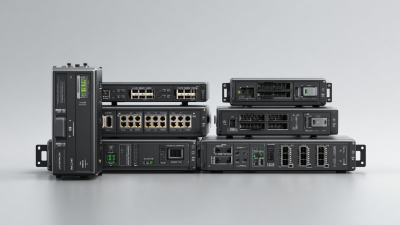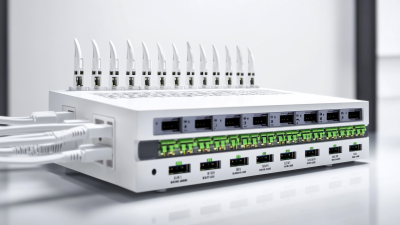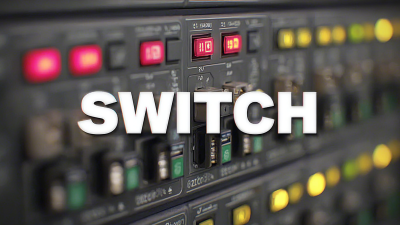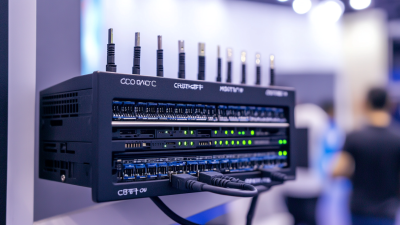
- hasivo@hasivo.com
- Mon - Sat at 7:00AM to 9:00PM
Leave Your Message

When it comes to enhancing the performance and reliability of your industrial network, selecting the right Industrial Managed Switch is a crucial decision. Unlike standard switches, Industrial Managed Switches offer advanced features that cater specifically to the demanding conditions often found in industrial environments, such as temperature extremes, vibrations, and electromagnetic interference. These switches provide not only enhanced security and traffic management but also support for various network protocols and configurations that can optimize data flow and device communication.
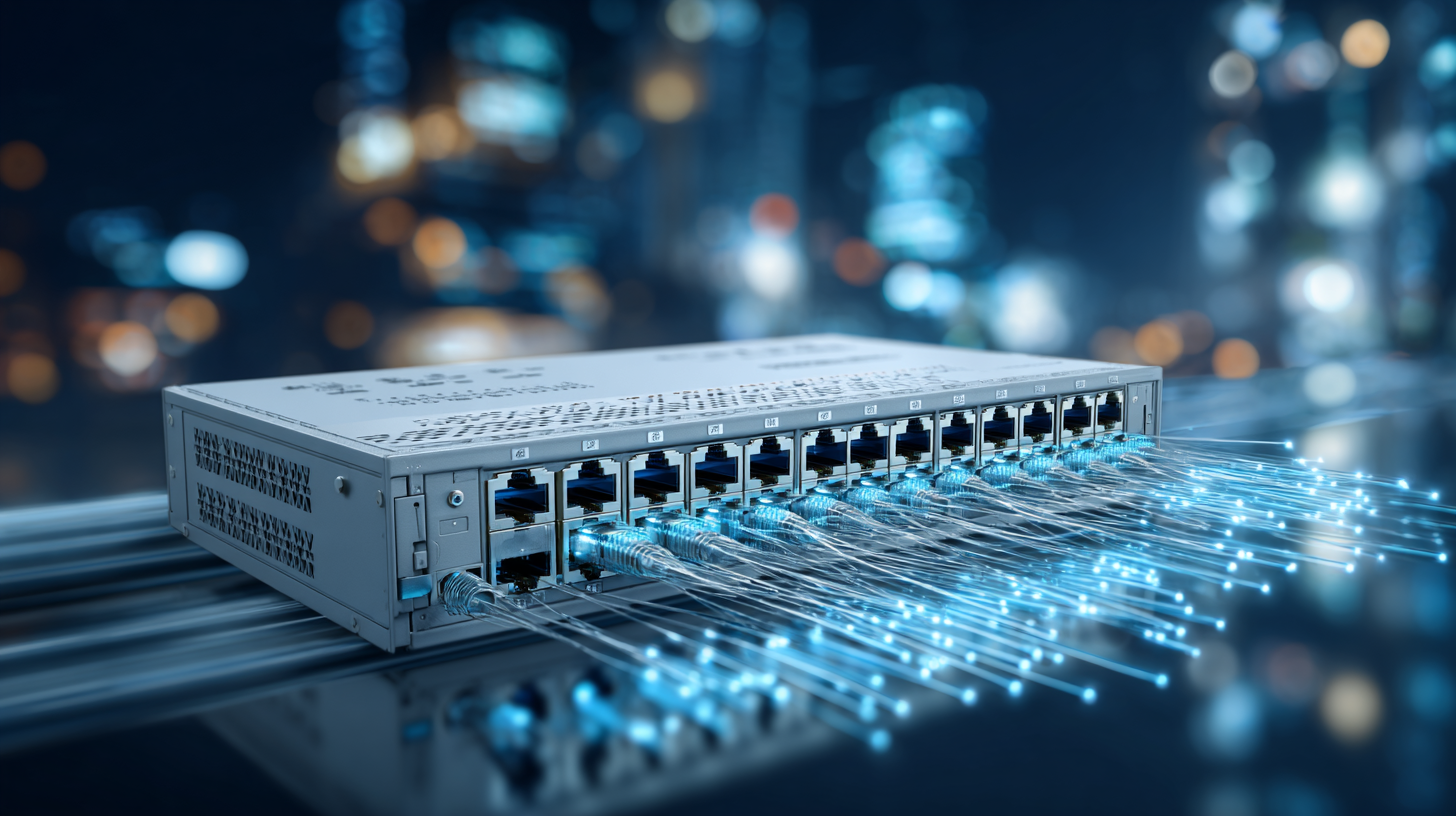
This guide aims to help you navigate the complexities of choosing the ideal Industrial Managed Switch tailored to your specific network requirements. By understanding key factors such as scalability, robustness, and manageability, you can make an informed decision that will ensure your industrial operations run smoothly and efficiently.
When selecting the right industrial managed switch for your network needs, it is crucial to start by understanding your specific network requirements. Consider factors such as the size of your network, the types of devices that will connect, and the data traffic patterns. For instance, a 10GbE managed switch can significantly enhance data transfer speeds, which is particularly beneficial for environments demanding high throughput, such as data centers or industrial operations. This upgrade can yield real-world performance improvements, especially when combined with faster Wi-Fi capabilities.
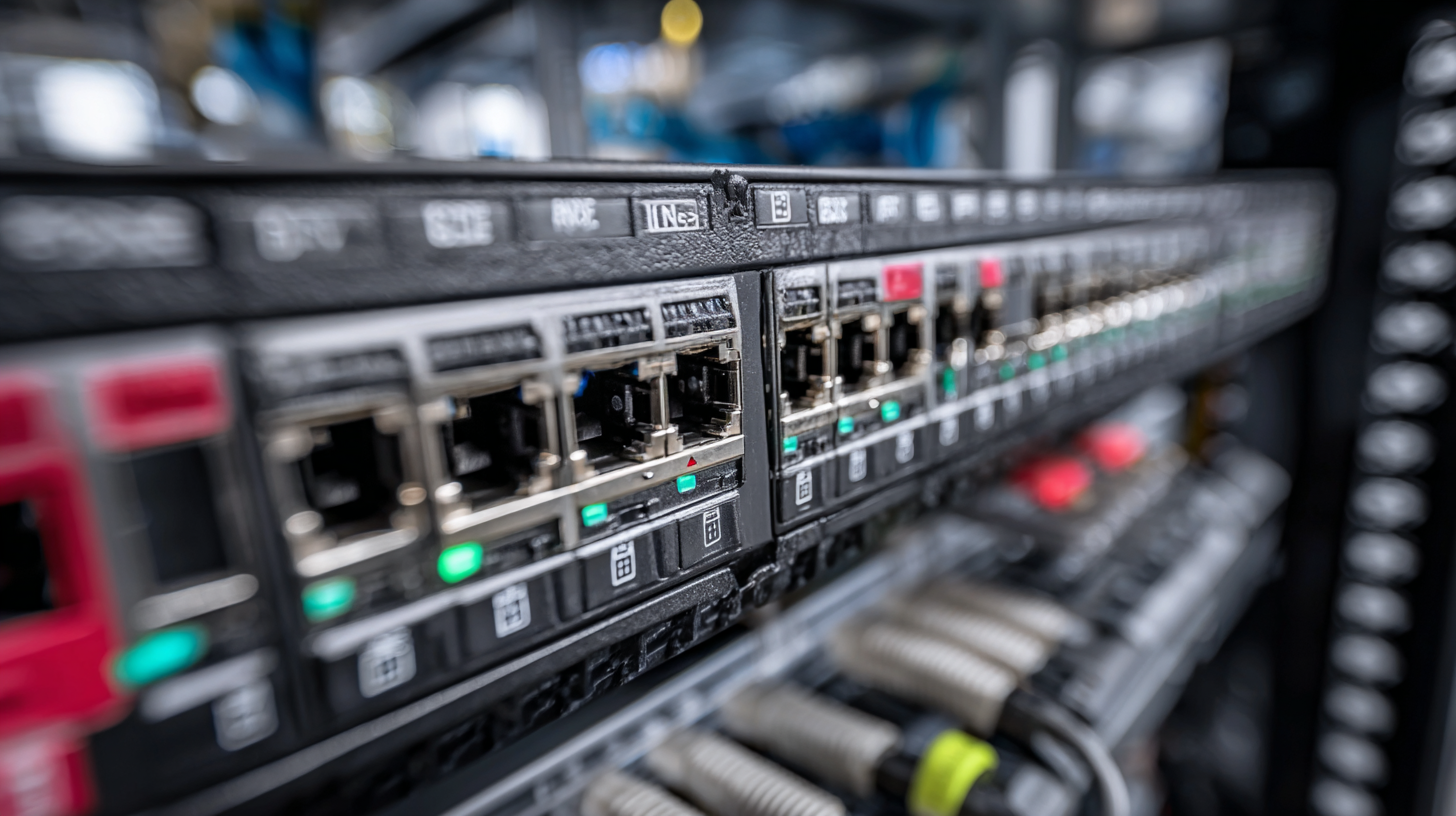
Additionally, assess the scalability and flexibility of the managed switch. Features like VLAN support, link aggregation, and comprehensive management options can provide enhanced control over traffic flow and network segmentation. Depending on your operational environment, rugged models designed for harsh conditions may be necessary to ensure reliable performance. Understanding both your current and future network demands will enable you to choose a managed switch that not only meets your immediate needs but also accommodates growth and technological advancements.
When selecting an industrial managed switch for your network, it's essential to focus on key features that align with your operational requirements. Firstly, consider the switch’s network management capabilities. Look for switches that offer advanced features such as VLAN support, QoS (Quality of Service), and SNMP (Simple Network Management Protocol) for enhanced monitoring and control. These functionalities ensure that your network remains efficient and secure, enabling better data flow and prioritization needed in industrial environments.
Another crucial aspect to evaluate is the switch's durability and environmental resilience. Industrial managed switches should be designed to withstand extreme temperatures, humidity, and vibrations that are common in manufacturing or outdoor settings. Furthermore, features such as redundant power supplies and advanced cybersecurity measures can significantly enhance reliability and protect your network from potential threats. By focusing on these essential characteristics, you can make a more informed decision when choosing the right industrial managed switch for your specific network needs.
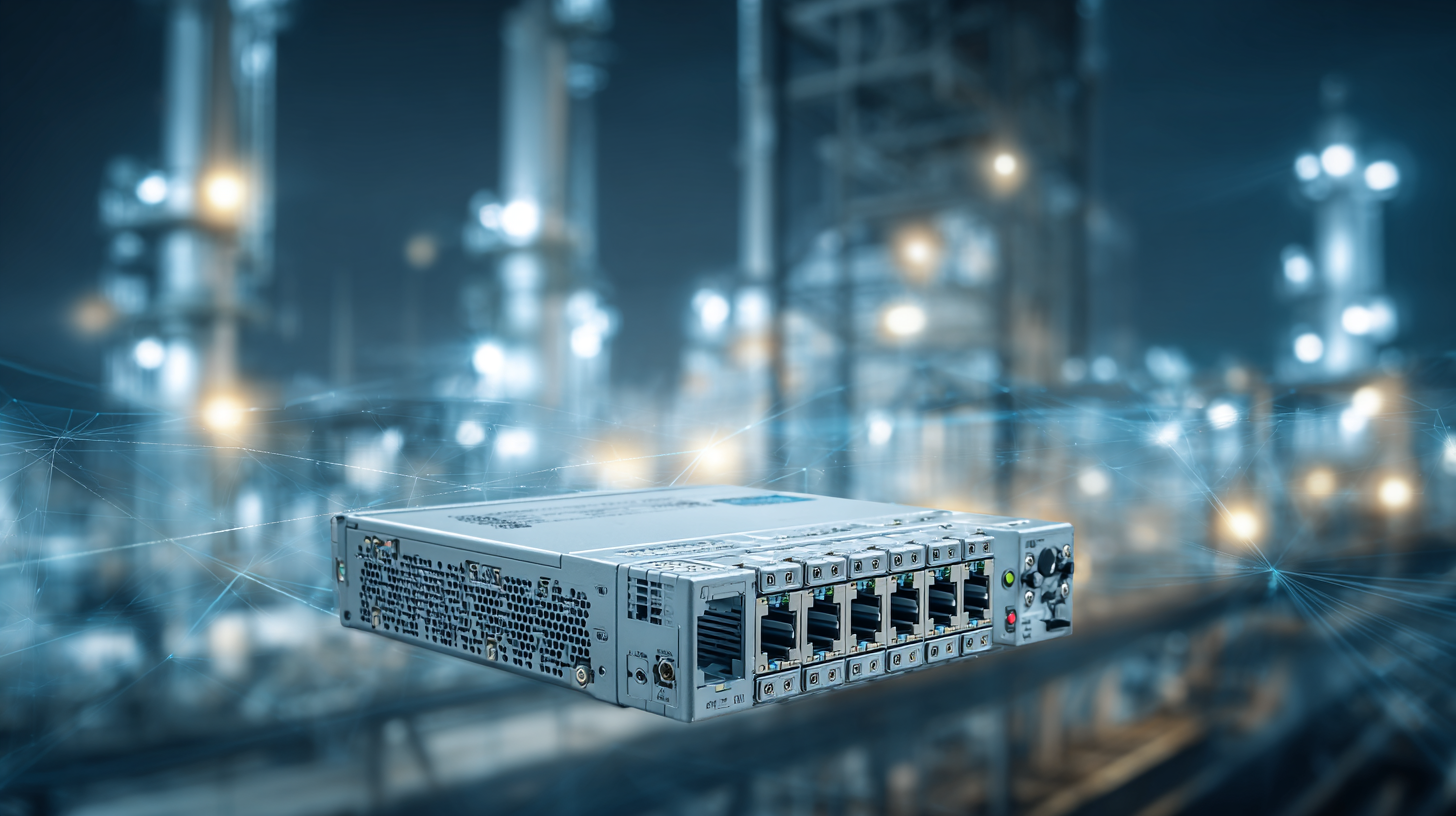
When selecting an industrial managed switch, assessing port density and types is crucial for optimizing network performance. According to a recent report by Grand View Research, the global industrial Ethernet switch market is expected to see substantial growth, driven by the increasing need for robust and scalable network solutions. As organizations move towards faster and more efficient communication protocols, understanding the specific applications of port configurations can significantly impact the reliability and scalability of the network.
For instance, environments requiring high redundancy and uptime, such as manufacturing and transportation sectors, may benefit from switches with a higher port density. A study by MarketsandMarkets highlights that switches with 24 to 48 ports are becoming increasingly common in industrial settings, as they can accommodate the growing number of devices and IoT sensors deployed in these facilities. Furthermore, considering the types of ports—such as fiber versus copper—can also influence performance outcomes. Fiber ports offer advantages in distance and speed, making them ideal for expansive industrial applications where reliable, long-range connectivity is essential. Thus, evaluating these aspects carefully ensures the chosen switch aligns with both current and future network demands.
When selecting an industrial managed switch, evaluating its reliability and performance in harsh environments is crucial. According to a report from MarketsandMarkets, the industrial Ethernet switch market is expected to grow from $3.7 billion in 2020 to $6.4 billion by 2025, highlighting the increasing demand for robust networking solutions in various sectors, including manufacturing, transportation, and energy. These environments often expose equipment to extreme temperatures, moisture, and electromagnetic interference, making it essential to choose switches designed to withstand such conditions.
To ensure optimal performance, consider selecting switches with IP67 or IP68 ratings, indicating strong protection against dust and water ingress. Additionally, look for products that comply with industrial standards like IEC 61850 and IEEE 802.3 for better interoperability and network resilience. A study by Research and Markets illustrates that switches with an operating temperature range of -40°C to 75°C significantly reduce failure rates in challenging environments.
Tips for choosing the right industrial managed switch include assessing the number of ports needed for future scalability and looking for features like PoE support to power devices like cameras and sensors. Additionally, consider options that offer redundancy features such as RSTP or MRP to ensure network uptime, particularly in critical operations where downtime can result in significant loss.
When selecting the right industrial managed switch for your network, understanding the difference between
Layer 2 and
Layer 3 switches is crucial.
Layer 2 managed switches operate primarily at the Data Link layer of the OSI model, meaning they excel at switching Ethernet frames between devices within the same local area network (LAN).
They facilitate robust networking through features such as VLAN support and port security, making them ideal for scenarios where traffic management is confined to a single network segment.
In contrast, Layer 3 managed switches function at the Network layer and possess the capability to route traffic between different networks. This advantage comes into play when you need to connect multiple LANs or require dynamic routing protocols like OSPF or RIP.
Layer 3 switches not only manage data flow efficiently between distinct subnetworks but also provide enhanced functionalities such as inter-VLAN routing, which is essential for larger, more complex networks seeking improved performance and flexibility.
The choice between the two types ultimately depends on your specific network requirements and the scale at which you operate.
